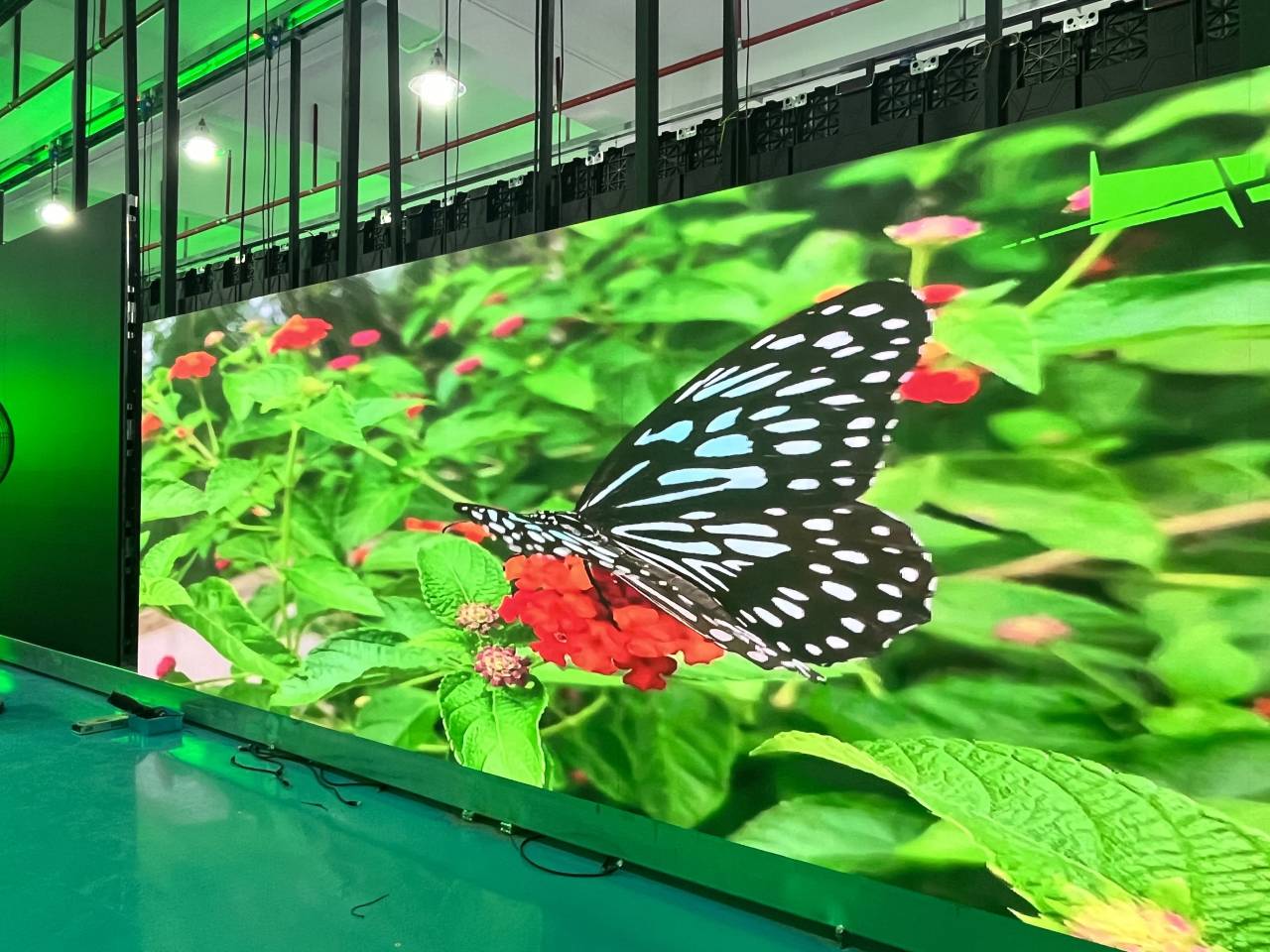Perfecting Hue Accuracy in Light Emitting Diode Wall Adjustment for Stunning Graphic Displays
Perfecting Hue Accuracy in Light Emitting Diode Wall Adjustment for Stunning Graphic Displays
Blog Article
Hue accuracy is essential for producing stunning visual displays, especially when using LED screens. These massive screens are frequently found in places like music venues, athletic arenas, and promotional billboards. When the hues on an LED wall are not accurate, the images can look dull or warped, which can impact the total experience for viewers. Therefore, mastering color accuracy in LED wall calibration is crucial for attaining lively and true-to-life images.
The initial step in guaranteeing color precision is comprehending how LED systems works. LEDs, or light-producing diodes, generate light in various colors by mixing red, green, and blue (RGB) light. Each pixel on an LED wall consists of these three colors. When calibrated correctly, the mix of RGB can create a wide range of colors. However, if one color is too bright or too dim, it can throw off the entire display. This is why tuning is needed to equalize the hues and reach the intended graphic effect.
Tuning entails adjusting the configurations of the LED screen to ensure that the hues displayed match the initial material as nearby as possible. This procedure usually includes using specific software and hardware tools. Technicians often use color assessment devices, such as spectrophotometers, to analyze the hues being displayed. By contrasting the measured hues to benchmark color values, they can make exact modifications. This guarantees that the colors are not only lively but also consistent across the whole display.
Another important factor of color precision is understanding the environment in which the LED screen is employed. Factors such as surrounding light can significantly impact how hues appear. For instance, a brightly illuminated room may wash out hues, making them look less lively. To counteract this, technicians may modify the brightness and contrast settings of the LED screen. Additionally, they may select specific color settings that are better appropriate for different lighting environments. This flexibility helps maintain color precision regardless of the observing environment.
Ultimately, routine upkeep and recalibration are essential for maintaining an LED screen looking its best. Over time, the functionality of LEDs can change due to elements like degradation and temperature fluctuations. Regular inspections and modifications can help ensure that the hues stay accurate and vibrant. By committing time in appropriate calibration and maintenance, venues can provide viewers with breathtaking visual presentations that improve their overall experience. Perfecting color accuracy in LED wall tuning is not just a technical task; it is an expertise that contributes to the magic of led wall calibration for exhibitions graphic storytelling.